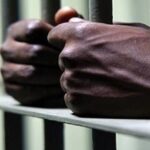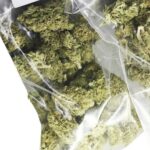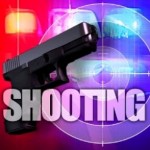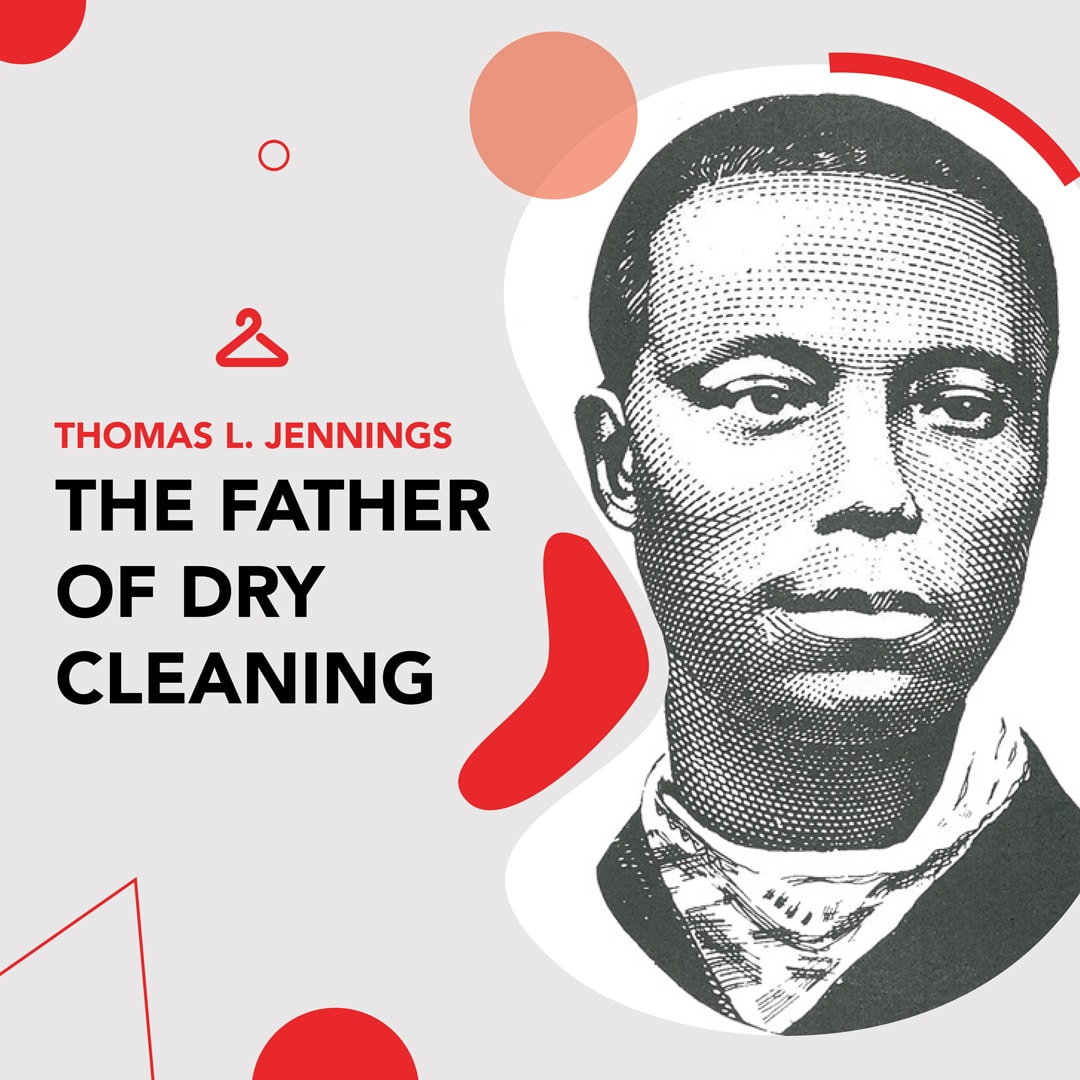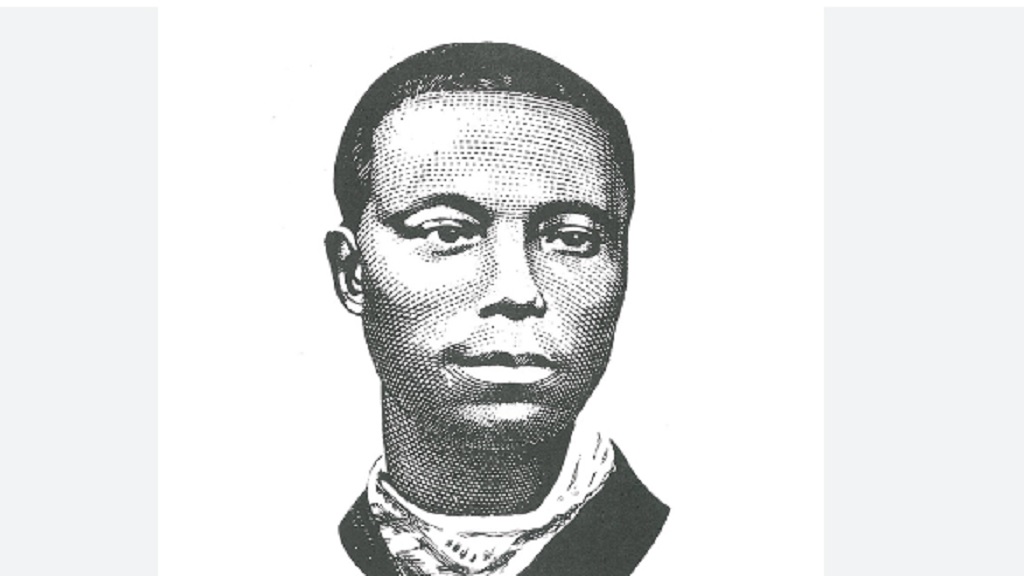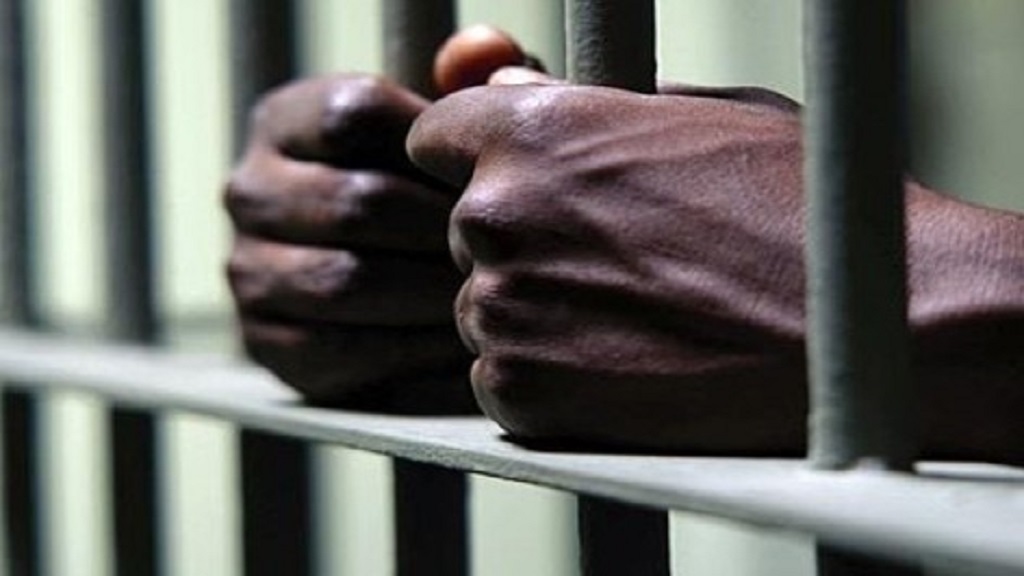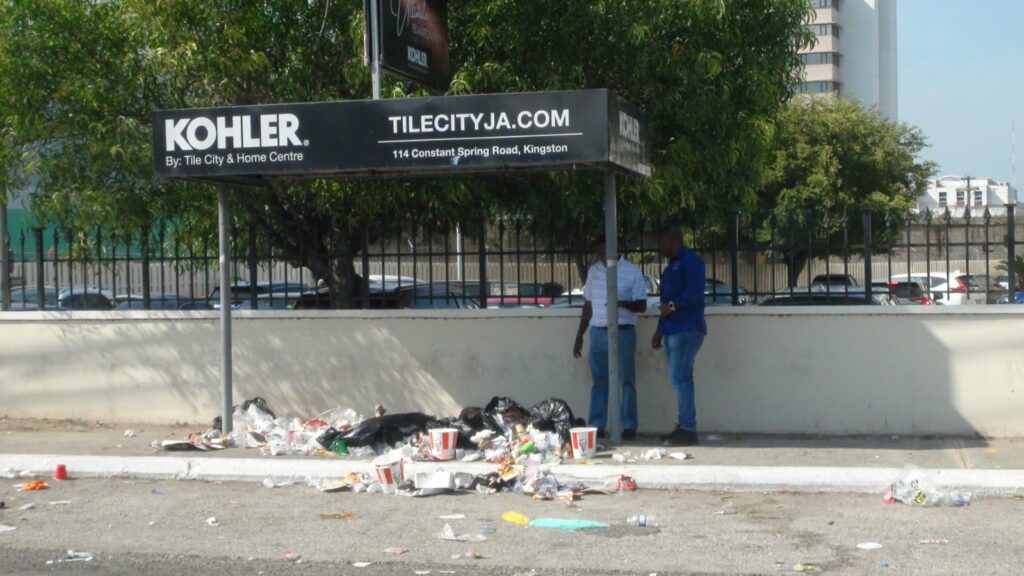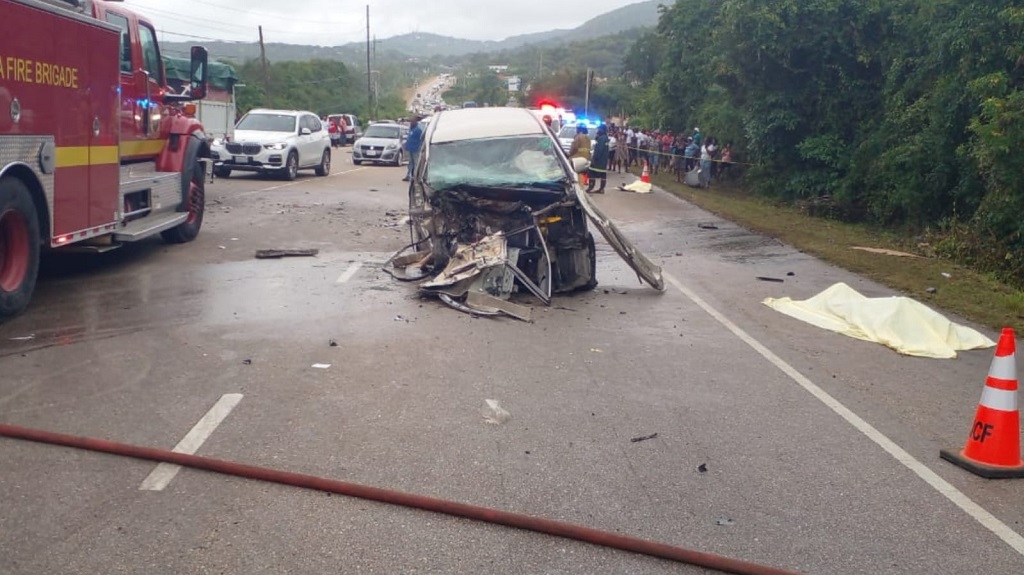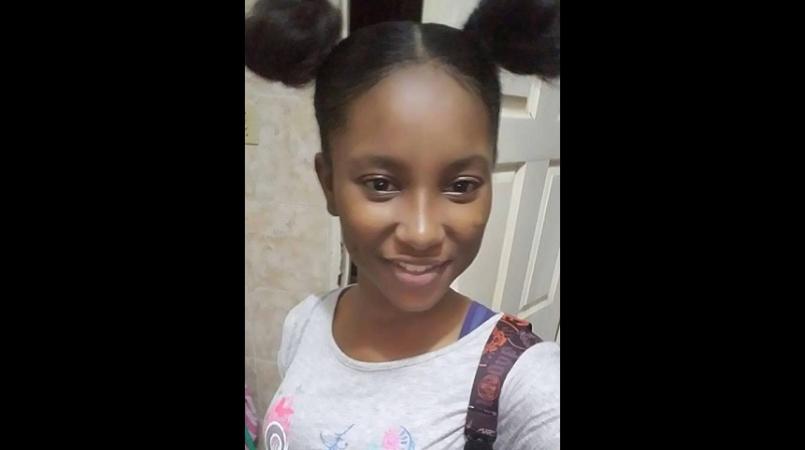The photograph of Jamaican National Hero Paul Bogle is generating another round of controversy and discussion on social media following a video that is being circulated on popular social media platform, TikTok.
There are calls for the Jamaican Government to establish, once and for all, whether the image that Jamaicans have known for years is, in fact, that of Paul Bogle.
For years, the widely used photograph of Bogle has been the same photo that has been used by the international press for Thomas L Jennings, an African-American inventor, tradesman, entrepreneur and abolitionist who lived in New York City, United States.
Jennings had the distinction of being the first African-American patent holder in history, after the right was granted in 1821 for his novel method of dry cleaning.
Jennings was born on January 1, 1791 and died on February 13, 1856, while Bogle was born in 1822, and was hung on October 24, 1865 on the premises of the St Thomas courthouse, one of some 500 persons who died during or shortly after the Morant Bay Rebellion that year.
Poverty and injustice in the society at the time, as well as lack of public confidence in the central authority, are said to have caused Bogle to lead a pivotal protest to the Morant Bay courthouse on October 11, 1865.
Interestingly, a simple search of the name Jennings on Google will reveal the photograph that has become associated with Bogle, who was conferred with the Order of the National Hero in Jamaica in 1969.
So, it was no surprise that many TikTok users were left in both shock and amusement last week after a video on the platform created by @meanteam25 showed American comedian, television host and actor, Steve Harvey, showing a photograph supposedly of Paul Bogle as Thomas L Jennings.
The portion of the video highlighting Jennings was from a 2020 episode of the Steve Harvey Show in which he focused on ‘Moments in Black History’.
Like in 2020, Jamaicans were again in shock to see the photograph they have come to know of Bogle on the screen being dubbed as that of Jennings.
The creator of the TikTok video stated: “I need to know who made the mistake here, the Steve Harvey Show or the entire country of Jamaica.”
At the end of the video, the creator showed a Google search of websites attributing the photograph to both Bogle and Jennings.
The video has so far been viewed over 12,000 times, shared over 9,000 times, with more than 2,000 comments, some of which are certainly amusing.
“Thomas (Jenning) is Paul (Bogle), but after finishing his hero job in JA, he crossed the Mexico border to the US and had to change his identity to get his papers,” wrote TikTok user, @kandysue27, clearly sarcastically.
“A 2 sister pickney dem, one did live a foreign and one live a Morant Bay… dem fava bad cause a two 1st cousin,” wrote another user, @joedeehand.
On a more serious note, @makio_kev55 commented: “Somebody call the Jamaican Government.”
In somewhat agreement with that remark, @cymcode stated that, “The Government is yet to address and correct this”.
@ronaldocooper475 opined: “Jamaica made a mistake. Believe me, Steve is right”.
In response to that comment, @ogmooski, posted: “Steve is wrong. Americans started using that picture of Paul Bogle a few years ago.”
A 2018 Jamaican newspaper article titled, ‘Stop asking, It is Paul Bogle’, attempted to silence the doubters of the photograph being that of Bogle.
The article said another story in the newspaper, which was published on April 19, 1959, should put the matter to rest.
The 2018 article said: “The story (in 1959) said a W G Ogilvie, a member of the Jamaica Historical Society at the time, had discovered the ‘tintype’ photograph, and had attributed ownership of it to a Reuben Ewen of Spring Garden, a village located above Stony Gut in St Thomas. Bogle lived in both places.”
It added: “Ewen’s mother was a Bogle, and his maternal grandmother was a niece of Paul Bogle.
“His mother and his granduncle, Paul Bogle’s nephew, assured him that the image in the photo was, in fact, that of Paul Bogle.”
Ewen had maintained that a peculiarity of the Bogle family was their bottlenecks, and Bogle had a bottleneck, “thick at the base and slanted upwards”.
When Bogle was on the run after the Morant Bay Rebellion, a reward of £2,000 was offered for his capture.
He was described in the Colonial Standard newspaper of October 18, 1865 as:
“A very black man, with a shiny skin, bearing heavy marks of smallpox on his face, and more especially on his nose.
“Teeth good, large mouth with red, thick lips; about five feet eight inches in height, broad across the shoulders, carries himself indolently, and has no whiskers.”
Ewen told Ogilvie at the time that Bogle could have afforded suits, as he was a small farmer, baker, owner of horses and properties, as well as a Baptist deacon in St Thomas who built his own chapel.
To that end, Ewen contends that Bogle could have afforded suits and could pay for his photograph, as photography had reached Jamaica in the 1840s.
“His black suit was typical of the style of dress that a local preacher would have worn in those days,” the article stated.
“It was bereft of a round white collar because he was not ordained at the time when the photograph was taken,” the newspaper article added.
Interestingly, University of the West Indies (UWI) lecturer, social historian and Paul Bogle scholar, Dr Clinton Hutton, told the same newspaper before its 2018 publication, that there was a strong possibility that the picture of Bogle was taken at Duperley’s, the same studio in which George William Gordon, Bogle’s associate, took his photograph.
The photograph of Bogle, the article said, was put into the custody of the Institute of Jamaica.
Despite the stern defence that the photograph is that of Bogle, questions remain for some historians and commentators.
For example, radio host Richard Hugh Blackford, in an article published on Jamaicans.com in August last year titled, ‘Time to Establish The Real Image of Paul Bogle’, said it was reported in the file of Bogle at the National Library that there was an intriguing comment on the photograph issue.
“W G Ogilvie, a member of the Jamaica Historical Society, has discovered a photograph which, although it has not been absolutely authenticated, appears genuine,” the file, as quoted by Blackford, stated.
Blackford contends that “According to reports, this picture was never authenticated, begging the question as to when the transition would have been made for it to be the picture of Bogle, to the extent that this image now appears on the (a) Jamaican currency note?”
The author also said the controversy surrounding Bogle’s photograph “has been further complicated by Edna Manley’s completion in 1965 of her sculpture of Bogle, which features some people did not like.”
In her book, ‘Edna Manley: The Diaries’, she said her sculpture was based on a pose of a descendant of Bogle, “which would give her a more accurate resemblance of Bogle,” Blackford wrote.
He said such a description of Bogle was supported by the description printed in the Colonial Standard Newspaper on October 18, 1865, when Bogle was wanted in connection with the Morant Bay Rebellion.
That description was given above in the newspaper article of 2018.
Blackford, based on his interpretation of the history surrounding the photograph of Bogle, called for a more accurate representation of the National Hero as the island celebrated its 60th year of Independence.
However, it is unclear whether the Jamaican Government will be looking into the calls to determining once and for all if the photograph in question is that of Paul Bogle or Thomas L Jennings.
